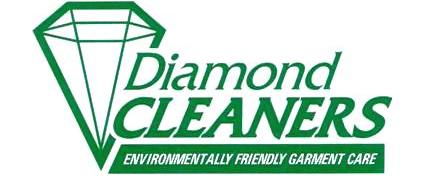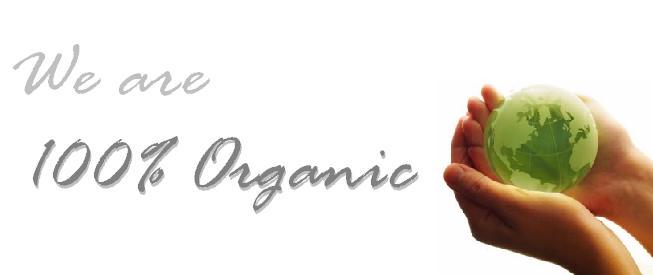Our Philosophy
We are the only 100% Organic Garment Cleaner in SW Florida
Diamond Cleaners is proudly introducing an all new 100% organic garment cleaning system that replaces hazardous chemicals, in particular Perchloroethylene (known as PERC), used by the major of other Dry Cleaners (80% to 85%) today.
What Makes Our Wet Cleaning for Clothing Organic?
Wet cleaning is an eco-friendly and organic method for cleaning clothes that uses water and biodegradable detergents instead of the harsh, toxic solvents found in traditional dry cleaning. The process is gentle on fabrics, prevents shrinkage, and leaves clothes feeling fresh and clean.
1. No Toxic Chemicals
Unlike dry cleaning, which typically uses perchloroethylene (PERC) - a hazardous chemical solvent - wet cleaning uses water-based, non-toxic detergents that are safe for both humans and the environment.
2. Biodegradable Cleaning Agents
Wet cleaning systems use biodegradable and pH-neutral detergents, which do not harm aquatic life or pollute water systems when discharged.
3. Environmentally Safe Process
The wastewater from wet cleaning can safely enter the regular sewage system without requiring special treatment, as it contains no toxic solvents.
4. Gentle on Fabrics
Wet cleaning is done with computer-controlled machines that carefully regulate water levels, temperature, and drum movement to clean even delicate fabrics like wool, silk, and cashmere without damage.
5. Sustainable and Energy-Efficient
Wet cleaning machines are designed to be energy-efficient, using less electricity and water compared to some older dry cleaning systems.
Summary
Wet cleaning is called organic in this context because it is a natural, water-based, non-toxic cleaning process that's safe for people, fabrics, and the environment.
The Problems with Perc
California became the first state in the country to implement a complete phase-out of PERC after the California Air Resource Board on January 25, 2007 voted unanimously to eliminate all PERC use in the state by 2023.
This alternative to PERC comes at a good time. Most of the 200 million pounds of PERC used annually by 35.000 cleaners across the United States and Canada eventually enters the air and can contaminate the workplace and nearby apartments. Some PERC stays in the cleaned clothing and can (in lesser amounts) contaminate consumers' homes. Significant amounts of PERC have entered ground water aquifers, creating major Superfund liabilties. In California, 10 percent of the drinking water wells are contaminated with PERC.
PERC exposure has been linked to a variety of human health problems. PERC is known to attack the central nervous system and can lead to headaches, nausea, dizziness and memory problems. PERC has been associated with numerous reproductive problems, including fertility problems in men and menstrual disorder in women. Among female dry cleaning workers, studies have shown a risk of miscarriage that is three to four times above normal. PERC ist also known to contaminate the mother's milk.
Growing evidence indicates PERC causes cancer in humans. The prestigious International Agency for Research in Cancer (IARC) classifies PERC as a "probable human carcinogen" and other regulatory bodies are following suit. PERC is already known to cause cancer in animals. Several studies have indicated that PERC exposure in humans increases the risk of esophagus, lung, kidney and liver cancers. Water contaminated with PERC has also been significantly linked to leukemia and cancers of the pankreas, bladder and cervix.
Link
To learn more about PERC click here: U.S. Environmental Protection Agency (EPA)



